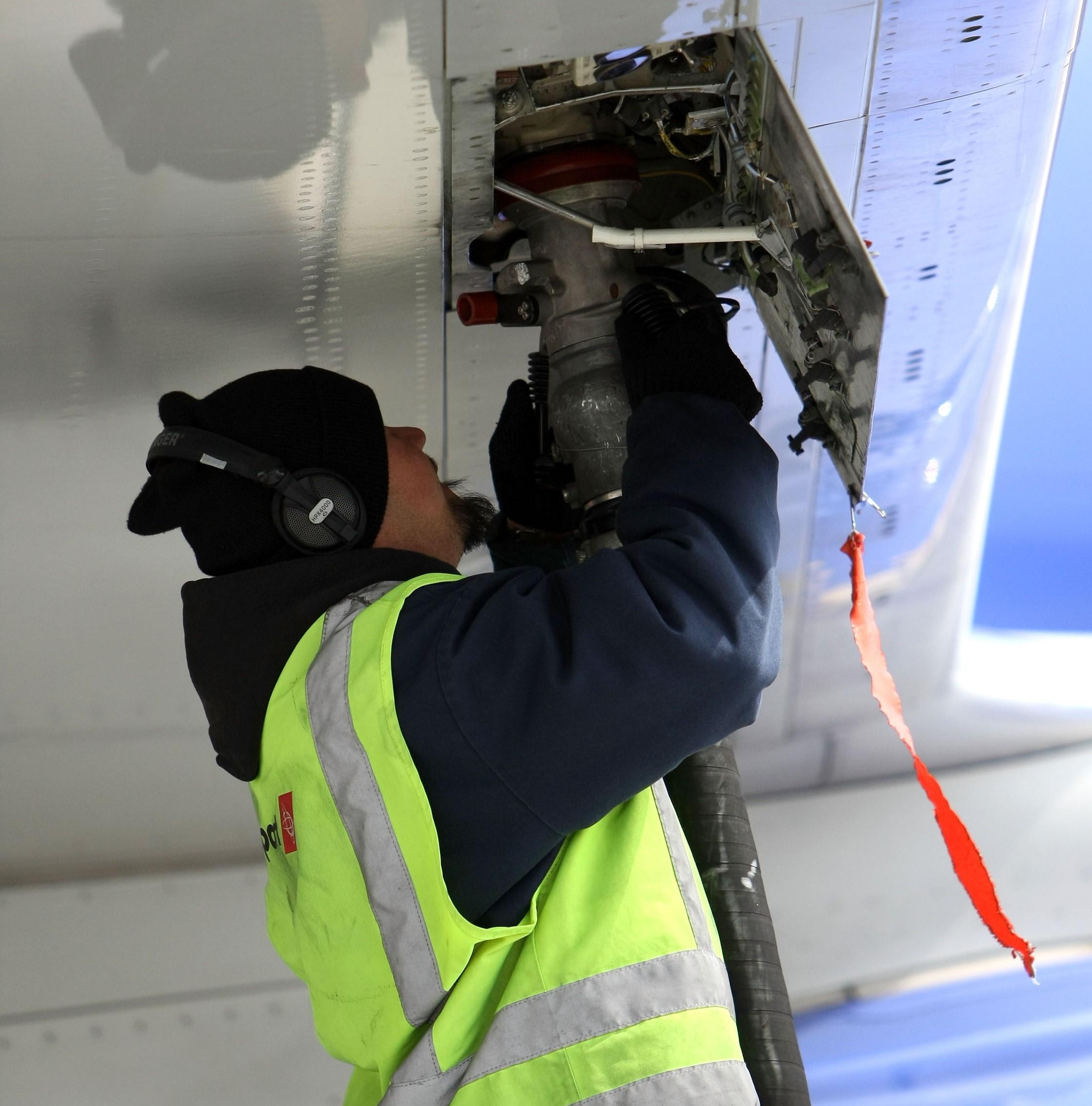Fuel Price Jump Will Challenge Airline Financials Near-Term

Credit: Justin Sullivan / Getty Images
Airline executives still fretting over the pace of travel recovery in many markets now face another potentially significant short-term headache: rising fuel prices. The average combined jet fuel price at four major U.S. gateways was $2.39/gallon on Oct. 15, data compiled by Argus for Airlines for...
Subscription Required
This content requires a subscription to one of the Aviation Week Intelligence Network (AWIN) bundles.
Schedule a demo today to find out how you can access this content and similar content related to your area of the global aviation industry.
Already an AWIN subscriber? Login
Did you know? Aviation Week has won top honors multiple times in the Jesse H. Neal National Business Journalism Awards, the business-to-business media equivalent of the Pulitzer Prizes.




